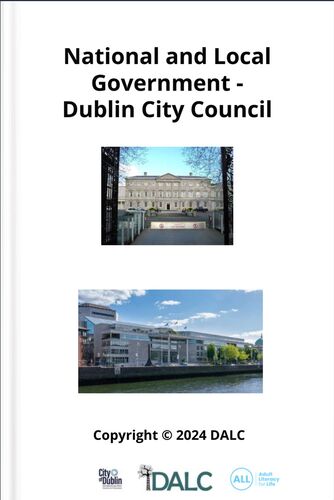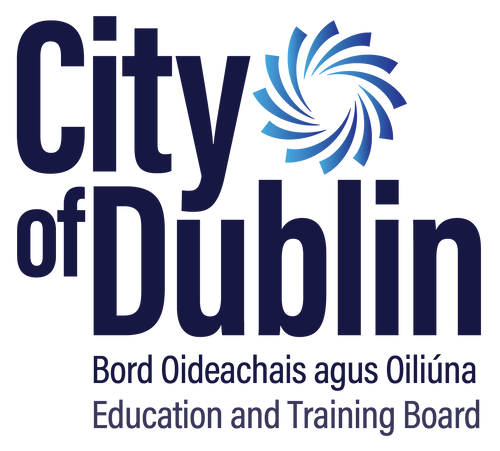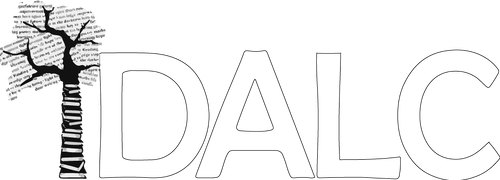Local Government is government at local level.
Ireland has 31 local authorities that are responsible for a range of local services.
- 26 - County Councils
- 3 - City councils - Dublin, Galway, Cork
- 2 - City and County - Limerick and Waterford
Most (26) local authorities are county councils. There are also 3 city councils (Dublin, Galway and Cork) and 2 councils that oversee a city and a county (Limerick and Waterford).
What services does Local Government provide?
- Housing
- Road/Transport and Safety
- Planning
- Community Development
- Environment and Climate
- Recreation and Amenities
- Education and Health
- Other Services (e.g. Voter Registration)
What is the role of a Councillor?
Ireland currently has 949 elected councillors. They make policy decisions at council meetings. Local councils are managed by a chief executive who oversees the day-to-day running of the council.
What are the Councillor’s role and responsibilities?
- They include representing the electoral area for which they are elected and the local authority as a whole,
- decision-making, developing and reviewing council policy, regulatory and statutory duties.
- Community engagement.
What kind of committees do Councillors sit on?
Councillors sit on a range of committees, external and internal to the Council.
External committees: Some of these are the Education and Training Board for the city & county (ETBI), the HSE Health Forum and the Regional Assembly.
Internal committees: Strategic Policy Committees (SPC) act as a policy clearing house for issues before they reach the full Council.
The committees, internal and external, are elected by the Councillors very shortly after the election of a new Council.
How are Councillors nominated for these committees?
Councillors can be nominated:
- By agreement, if all the councillors agree on who to nominate to a particular position, external or internal.
- By a system called the “grouping system”.
How this works is: let’s say there are 60 councillors voting and there are 6 vacancies. Any group of 11 councillors is entitled to put forward a name for one of the vacancies. This group of 11 are then eliminated from the process and so it continues until there are six positions filled.
What is the role of the Executive?
The day-to-day management of a local authority is carried out by the executive, i.e. the full-time officials led by the Chief Executive.
Once appointed, the chief executive will remain in office for a term of 7 years (although this can also be extended by an additional 3 years).
What is the Chief Executive?
The chief executive makes decisions on the running of the local authority, except those that are reserved decisions (decisions that are made by the elected councillors). These include:
- Granting or refusing planning permission
- Allocating local authority housing
- Signing contracts
- Managing the staff of the local authority
- The day to day running of the local authority
Further information:



